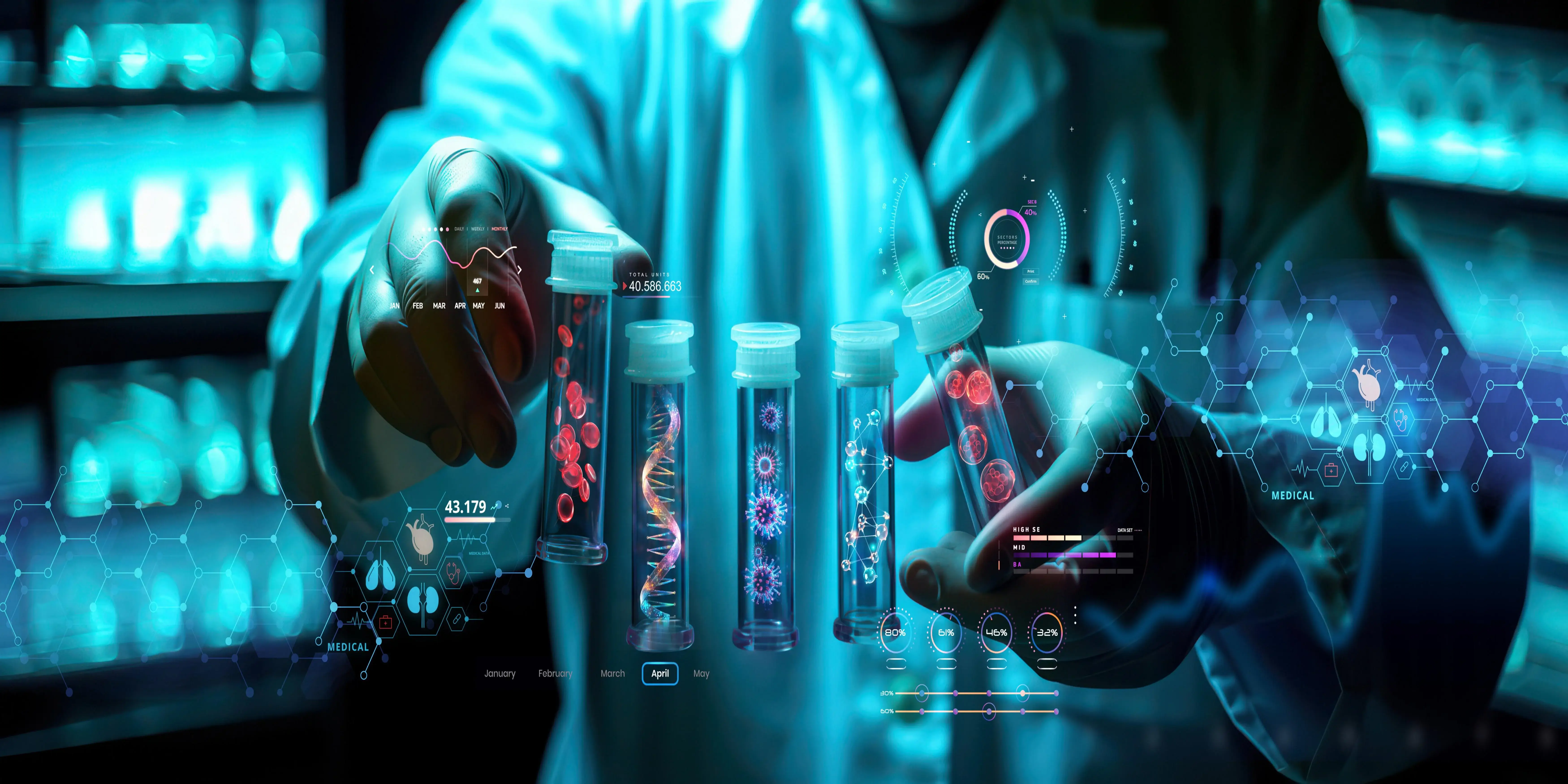Laboratory access is restricted. A crucial stage in the determination process is sampling, where medical practitioners are in a position to collect biological samples that will be taken for assessment in the laboratory. The samples collected and urinary to biopsy tissue and swabs all provide valuable information about the condition of the patient and contribute towards the diagnosis of several medical conditions. It examines in much detail sample collection methods, their role in diagnosis, the challenges encountered along the way, and the developments that will shape this critical sphere of medicine.
Understanding Sample Collection
Types of samples collected
Samples commonly obtained in medical practice include blood, urine tissue biopsies, swabs, and saliva. Diagnostic purposes are supported by all these categories. Blood specimens can be very informative in regard to infections, organ conditions, and other health issues. Urine specimens are used for diagnosing metabolic disorders, infections, and renal diseases. While swabs are commonly used in the diagnosis of infections like COVID-19 or viruses, tissue biopsies study cells to examine for cancer or another disease.
The Sample Collection in Diagnostics
Laboratory access is limited. For proper and reliable laboratory test results, accurate sample collection is necessary. The quality of the sample directly affects the quality of the diagnosis regardless of the diagnostic method which may be pathogen identification, organ health checkup, or genetic anomaly check. The sample also relies on the timely presentation, handling, and labeling of the sample to the laboratory.
Sample Collection Procedures
The methods of collecting samples depend on the type of sample. Venipuncture is one method where blood samples are obtained by puncturing a vein using a needle. Patients often collect urine samples themselves. Samples for tissue biopsies are often collected through swabs of mucous membranes such as those found in the throat or nose and typically carry out an operation. Every instance requires proper technique to not contaminate the sample, avoid injuring the patient, and ensure the collected sample is accurate.
Techniques of Sample Collection
Venipuncture for Blood Collection
Venipuncture is the most widely used technique to collect blood. A health worker punctures an area of the skin using a needle to enter a vein, usually in the arm, in order to obtain the blood. Most routine blood tests are done with venipuncture, such as CBC, metabolic panels, and hormone levels. Aright selection and use of the veins may avoid a risk of hematoma or bruising.
Swab Sampling
Swab collection refers to a procedure in which a mucous membrane such as the throat, nose, or mouth is sampled with a sterile swab. This method is commonly applied in the diagnosis of most respiratory infections such as strep throat and influenza. In forensic analysis and DNA testing, swabs are used, too.
Tissue Biopsies
Tissue biopsy is a method where a small part of tissue is taken out for microscopic observation. It involves the proper protocols and no contamination to be accurate. The most common applications of this method are in the diagnosis of autoimmune diseases, malignancies, and other diseases that are connected to tissues. The techniques applied in conducting biopsies include surgical excision or needle biopsy which is used according to the site and type of tissue under investigation. Handling of biopsies should be done with utmost care.
The Importance of Proper Sample Collection
Accurate Diagnosis
The accuracy of the collection of the sample determines the accuracy of the diagnosis. Any minute error in collecting samples may compromise the outcome of the test since contamination or wrong handling of the sample may spoil everything. For instance, an erroneous urine test is done that gives false positives for urinary tract infection; thus, a patient starts the wrong course of therapy. In many cases, diagnostic errors are minimized when correct collection of samples is achieved at the first attempt.
Patient Safety
The collection procedure of the sample has, basically, the safety of the patient. The use of sterile equipment, application of the right techniques, and following hygiene guidelines all lower the risk associated with infection or harm during the collection process. It is possible to avoid anxiety and difficulties if the patient is educated and comfortable before such invasive procedures as a biopsy.
Timely therapy
Proper collection and prompt samples will ensure proper therapy for the patient by guaranteeing that it reaches the laboratory within time. Any delay in sample collection or transportation may lead to delay in diagnosis, and in cases like infection, malignancies, or acute diseases, such delay is dangerous because timely treatment would be most desirable. The proper methods of sample collection are therefore required to begin the right medical therapies at the right time.
Challenges in Sample Collection
Patient Discomfort and Anxiety
Some patients fear or are uneasy when their samples are being taken, especially if they have to undergo any form of injection or pricking on the veins, such as venipuncture or a biopsy. Overcoming these hurdles can go a long way in making the patient feel more at ease and even make the diagnostic procedure more efficient. Healthcare providers must use techniques such as minimizing the use of needles, and topical anesthetics, or even informing the patient of what is going on to calm down the fears and anxieties of the patient to minimize the feeling of pain and discomfort.
Risk of Contamination
The major issue while collecting samples is cross-contamination. It can give incorrect results, report false positives, or lead to a call for secondary testing. To prevent infection, samples must be dealt with carefully, sterile methods must be used, and samples must be labeled clearly. In addition, poor storage or cross-contamination from sample to sample can damage the integrity of the gathered material.
Inaccessible Samples
Access may be challenging in some patients for example due to dehydration, hard venous access, and obesity among others. These causes may pose a challenge in the capture of the veins or obtaining the desired sample. In more difficult situations, advanced techniques for ultrasound-guided venipuncture or alternative sampling techniques may be considered.
Conclusion
Sample collection is one of the elementary functions of medical diagnostics, providing the raw materials required for some tests and analyses. Samples that are taken through tissue, swabs, blood, and urine provide necessary information about the health status of patients and are indispensable for the diagnosis and further monitoring of various medical disorders. Even if problems like patient pain, hazards of contamination, and difficult accessibility to samples remain even now. Yet technological and procedural innovations are constantly improving the sample-collecting process. As automation and non-invasive techniques become more widespread.



